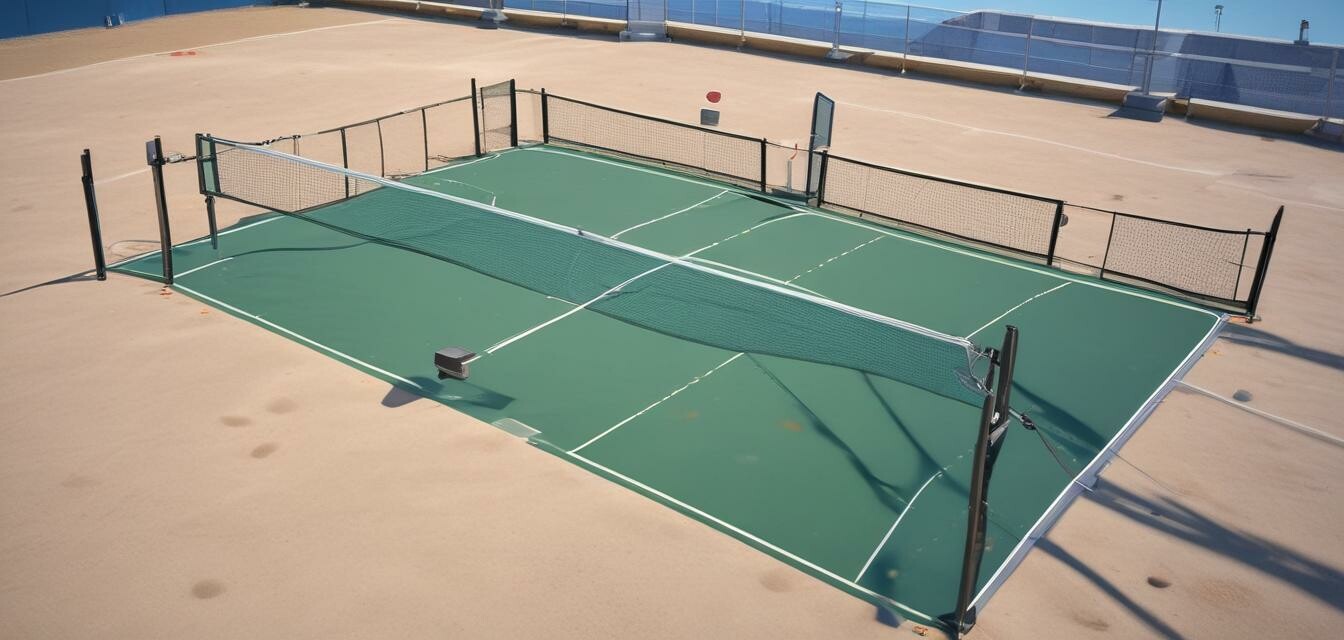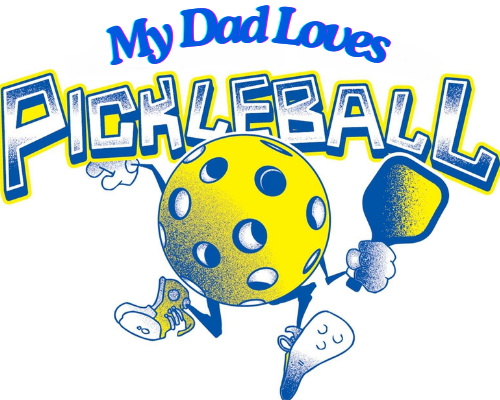
Understanding the Rules: The Ultimate Guide to Pickleball Regulations
Key Takeaways
- Pickleball is played on a smaller court than traditional tennis with unique service rules.
- Understanding the volleying rules is crucial for effective gameplay.
- The double bounce rule is a key aspect of pickleball regulations.
- Pickleball uses a unique scoring system that differs from many other racquet sports.
Welcome to our ultimate guide on pickleball regulations! Whether you're a seasoned player or just getting started, understanding the rules of the game is essential for improving your skills and enjoyment on the court. This article is designed to break down the various rules and regulations that govern pickleball, ensuring you have the knowledge needed for fair play.
1. Overview of pickleball
Pickleball is a popular paddle sport that combines elements of tennis, badminton, and table tennis. The game can be played as singles or doubles, and it is enjoyed by people of all ages. Due to its increasing popularity, knowing the official guidelines is essential for both recreational and competitive play.
2. The pickleball court
The official pickleball court is smaller than a tennis court, making it suitable for players of all skill levels. Here’s a quick overview of the court dimensions:
| Area | Measurement |
|---|---|
| Width | 20 feet |
| Length for singles | 44 feet |
| Length for doubles | 20 feet |
| Non-volley zone (kitchen) | 7 feet from the net |
3. Basic rules of play
3.1 Serving rules
The serve is a critical component of the game. Here are the key points to remember:
- The server must serve the ball underhand.
- Serves must clear the non-volley zone.
- The serve must be made diagonally to the opponent's service box.
3.2 Scoring system
Pickleball uses a rally scoring system, where points can be scored by either side regardless of who served. Here’s how it works:
| Scoring Type | Description |
|---|---|
| Point per rally | Every rally results in a point, either for the serving or receiving team. |
| Games | Games are typically played to 11 points, and a team must win by 2 points. |
4. Important gameplay rules
4.1 The double bounce rule
One unique feature of pickleball is that both the serving team and receiving team must allow the ball to bounce once before volleying. Understanding this rule is vital for effective gameplay.
4.2 Non-volley zone (kitchen)
The non-volley zone, also known as the kitchen, is critical in maintaining a fair play environment. Here are some important points:
- No player can volley the ball while standing in the non-volley zone.
- Players can enter the non-volley zone to play a ball that has bounced.
5. Developing strategic gameplay
Improving your knowledge of rules will help you develop tactics for better gameplay. If you're interested in strategies and tips for improvement, check out our Tips & Tactics section for more insights.
Pros
- Encourages social interaction and teamwork.
- Easy to learn with fewer rules than many other sports.
Cons
- May become frustrating if rules are misunderstood.
- Limited space could be a concern in crowded environments.
6. Familiarizing yourself with the official rules
For those looking for a more in-depth understanding, it's advisable to familiarize yourself with the official pickleball rules from the USA Pickleball Association. This site offers a comprehensive overview of gameplay standards and regulations.
7. Conclusion
Understanding the rules of pickleball is essential for enjoying and excelling at the game. With this guide, you will be equipped with the foundational knowledge needed to play properly. For more equipment and accessories that can enhance your pickleball experience, check out our Accessories section. Happy playing!


